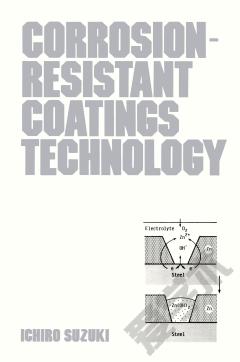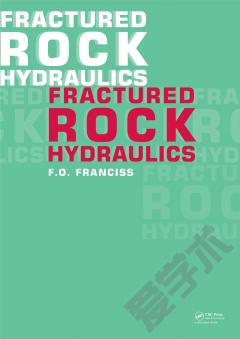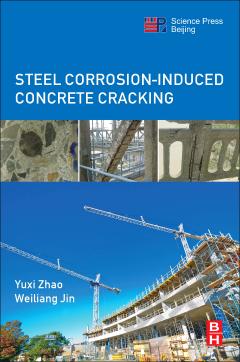Stress Corrosion Cracking of Pipelines
Explains why pipeline stress corrosion cracking happens and how it can be prevented Pipelines sit at the heart of the global economy. When they are in good working order, they deliver fuel to meet the ever-growing demand for energy around the world. When they fail due to stress corrosion cracking, they can wreak environmental havoc. This book skillfully explains the fundamental science and engineering of pipeline stress corrosion cracking based on the latest research findings and actual case histories. The author explains how and why pipelines fall prey to stress corrosion cracking and then offers tested and proven strategies for preventing, detecting, and monitoring it in order to prevent pipeline failure. Stress Corrosion Cracking of Pipelines begins with a brief introduction and then explores general principals of stress corrosion cracking, including two detailed case studies of pipeline failure. Next, the author covers: Near-neutral pH stress corrosion cracking of pipelines High pH stress corrosion cracking of pipelines Stress corrosion cracking of pipelines in acidic soil environments Stress corrosion cracking at pipeline welds Stress corrosion cracking of high-strength pipeline steels The final chapter is dedicated to effective management and mitigation of pipeline stress corrosion cracking. Throughout the book, the author develops a number of theoretical models and concepts based on advanced microscopic electrochemical measurements to help readers better understand the occurrence of stress corrosion cracking. By examining all aspects of pipeline stress corrosion cracking—the causes, mechanisms, and management strategies—this book enables engineers to construct better pipelines and then maintain and monitor them to ensure safe, reliable energy supplies for the world.
{{comment.content}}








 京公网安备 11010802027623号
京公网安备 11010802027623号